In October, I travelled with my wife and daughter to India, to explore the SUJÁN camps in Rajasthan. This was part holiday and part recce trip because I have been asked by many of my guests about wildlife safaris to India. Perhaps because it was a new country – and a new continent – and likely because I was taking my family with me, I had been looking forward to this trip since the moment we confirmed it!
Our trip involved 3 nights at SUJÁN The Serai, in the Thar desert near Jaisalmer, 3 nights at SUJÁN JAWAI south of Jodhpur and 4 nights at SUJÁN Sher Bagh on the border of the famous Ranthambhore National Park. At the end, I returned to JAWAI to spend further time exploring the ancient granite rocks in search of leopards and offering some guides’ exchange with the field team on the ground there.
We started with an overnight in Delhi before taking a morning plane out to the Jaisalmer desert in Western Rajasthan. It was cloudy for most of the route but, as we descended, we could see that we were entering a vast sandy and rocky landscape dotted with low trees and thorny Prosopis scrub. We moved quickly to our transfer vehicle – as it was 39 degrees in the shade – and took the 45 minute journey to the camp.
The Serai is a luxury retreat, far out in the desert on a privately-owned patch of land. There is space for 22 rooms, a farm, the main camp and lots of cycling tracks. It was a perfect relaxation destination so that we could refresh before the wildlife safari that would follow at JAWAI and Sher Bagh.

Everything about The Serai has been carefully considered. The layout of the camp ensures that there is privacy at the pool – hidden as it is in a raised fort-like structure – but that the butler team is never far away and can bring cold drinks and refreshments on a (very!) regular basis. The staff is so attentive, well trained and capable that nothing is too much trouble, and there is very rarely need to ask for anything as they have thought of it already!
We so enjoyed our time at the Serai, eating fantastic food, visiting the ancient Golden City of Jaisalmer, riding camels in the desert and enjoying fantastic family time. We even enjoyed an incredibly memorable night watching films on a massive screen in the middle of the desert!
Late in the morning we left The Serai to travel by road to Jodhpur. All along the route the colours of Rajasthan were visible; beautiful saris, elegantly dressed people and the traditional, colourful safa worn on the head by men. Another delicious dinner and a quick overnight, and we left early the following morning for Sujan JAWAI. For many years I had seen images of Indian leopards high on granite boulders surrounded by beautiful scenery. I didn’t know at the time that these images came from a community conservation area, set up by Sujan, three hours south of Jodhpur. I was excited to explore this beautiful landscape, see Indian leopards in the wild and to understand more about how this community conservation area worked in practice.
I was expecting beautiful landscape, and I was hoping to see Indian leopards, but what I was not prepared for was a style and class of JAWAI camp. The elegant black-and-white decor, with accents of red, blend with the bush surroundings beautifully, and far more than one might expect. It’s a first class Safari Lodge offering amazing food, beautiful accommodation and excellent safaris! Within just an hour of leaving Camp on our first afternoon we had found our first Indian leopard; within another hour, we had found 3 cubs and all four animals were in beautiful photographic situations. I knew I was going to enjoy these few days!
The JAWAI landscape sits between two large forest reserves. Its leopard population has been squeezed higher into the hills as human agricultural practices have spread. SUJÁN’s conservation project in this area is important as this landscape acts as a corridor to link the two forrest reserves. Additionally, the unique set of ecological pressures in this area have led to unusual leopard behaviour: leopards live in multigenerational families, more like lions, and they mature quickly separating from their mother at the age of 15 to 18 months and then bearing their first litter at the age of two. This may not be unique — as such habits have been observed elsewhere — but it is a case study of how human pressure can lead to these most adaptable of cats learning to live and thrive in the new circumstances.
The JAWAI camp set up is extraordinary, and the wildlife experience certainly matches up to the marketing; over the course of three days with my family, and then four additional days when I returned, we saw seven different leopards and all of them well and in interesting circumstances. One memorable morning Baliraja, the incumbent large male in the area, was found in hot pursuit of one of the cubs of the resident female Fenella. The cubs, and not to mention their mother, were keen to escape this amorous attention and set off across the top of one of the granite hills. The male pursued, jumping across a huge crevasse, before finally giving up when the females had disappeared. Another afternoon, we found two of the cubs resting in an exposed cave on the edge of a hill; below them, erosion had carved three more small caves which gave the impression of a pug mark! This is a new and exciting landscape in which to photograph leopards and JAWAI is perfectly placed to offer an amazing experience.
Our final destination was the famous and historic Ranthambhore National Park. Once again, we were welcomed into a beautiful and elegant lodge, with recently rebuilt public area, crafted out of stone to mimic one of the historic forts of Ranthambhore. The staff were once again superb, melting into the background when appropriate but equally, able to tell stories (some of them hilarious) about their time at Sher Bagh. If you visit, be sure to ask Samadar about his first week working at Sher Bagh…!
We arrived in the afternoon, settled in and then prepared for our first day of safari. We would leave early from the camp to make sure that we were at the gates of our allocated zone at opening time of 06:30. When the time came, we loaded into the small gypsy vehicle and entered the main park gate before waiting at our zone. As we sat and waited for opening time, we listened to the birds calling all around – two species of Drongo, Oriental Magpie-Robin, Fantails, Minivets and everywhere Parakeets of 3 varieties – and hoped that some of these new sounds might be identified by our guide as the telltale signs of a tiger moving around.
We loved our safaris in the park and on each of our first 3 outings we saw sambar, chital, langurs, endless birds, peafowl and beautiful landscapes. But it was on our fourth and final visit to the park that we felt the jittery excitement of our guides, and the anxious restlessness of the antelope, which told us that there were tigers nearby. When the moment came, I lost my focus (mentally, not photographically!) and simply watched for the first part of the sighting. A massive, elegant and hugely powerful cat was moving – deceptively quickly – through the forest towards the road that we were on. We moved ahead and parked waiting for her to approach. Moments later, a movement in the corner of my eye alerted me to a second tiger following behind the first!
Our guides told us that this was Riddhi with one of her cubs. She’s a daughter of the famous Arrowhead and a granddaughter of Macchli, the tigress of the lakes, and she was moving towards the lake. Losing sight of her in the long reeds at the edge of the water, we drove round to watch them from across the lake, and noticed that she had reunited with her other two cubs (now 3 in total) and they were all playing in the shallow water. With a camera, it was a little far to capture the action, but with binoculars it felt like we were right there in the reeds with them. Each time they reared up to box, their tails threw a spray of water into the air, illustrating the power, speed and intensity of their movement. I will never forget this afternoon.
This had been a wonderful trip, not least because I had been able to take my family with me. The chance to explore India, even if just a small part, was a huge thrill and a huge privilege. Thank you to SUJÁN for welcoming and hosting us so beautifully and to all of your teams for an incredible experience. The wildlife areas of Rajasthan have grabbed my imagination and have certainly landed a space in my photographic calendar. I look forward to revisiting with guests in the near future. If you would like more information about these amazing camps, or to discuss a Safari with me in 2027, please get in touch. I guarantee an incredible experience!












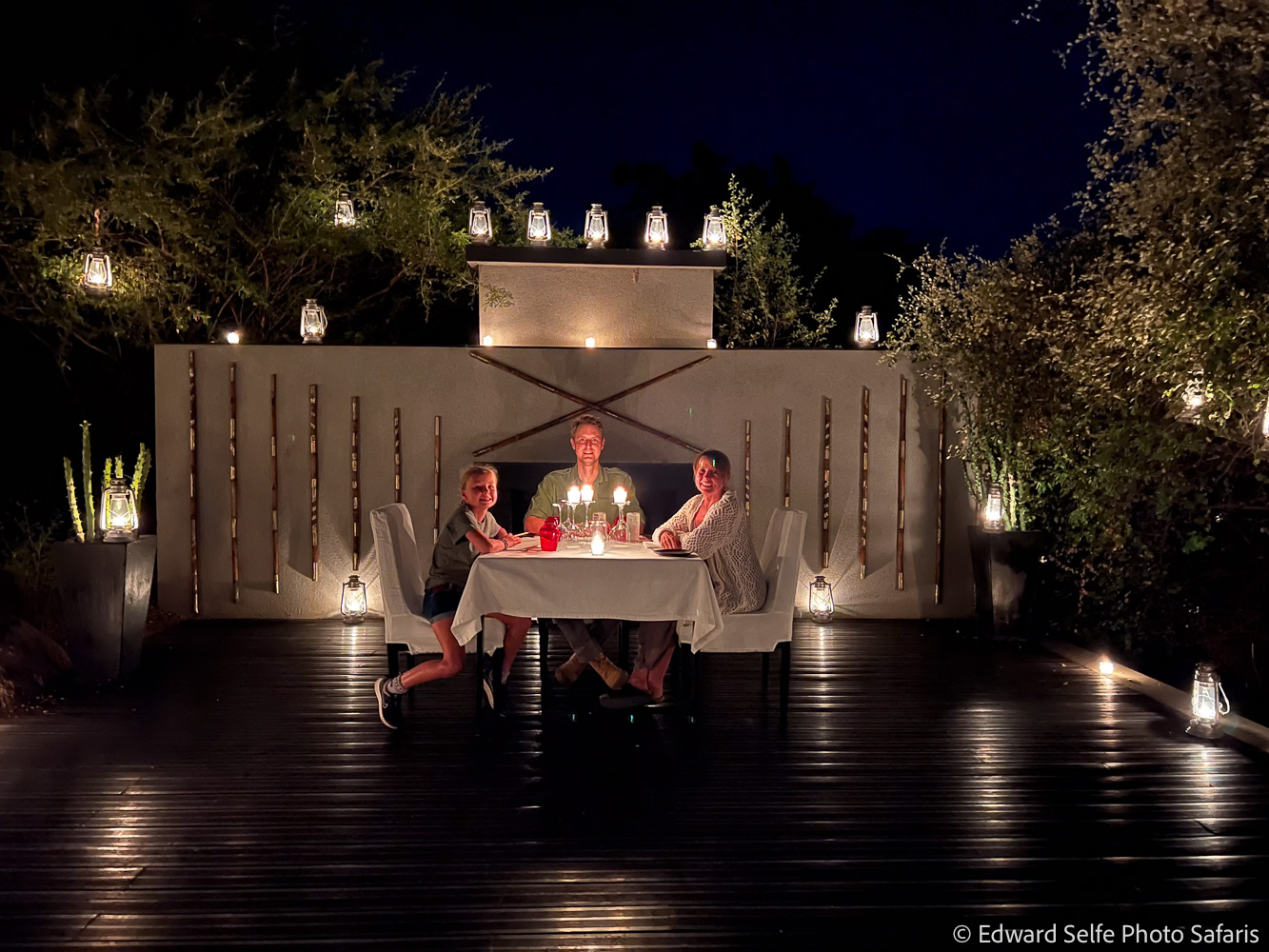




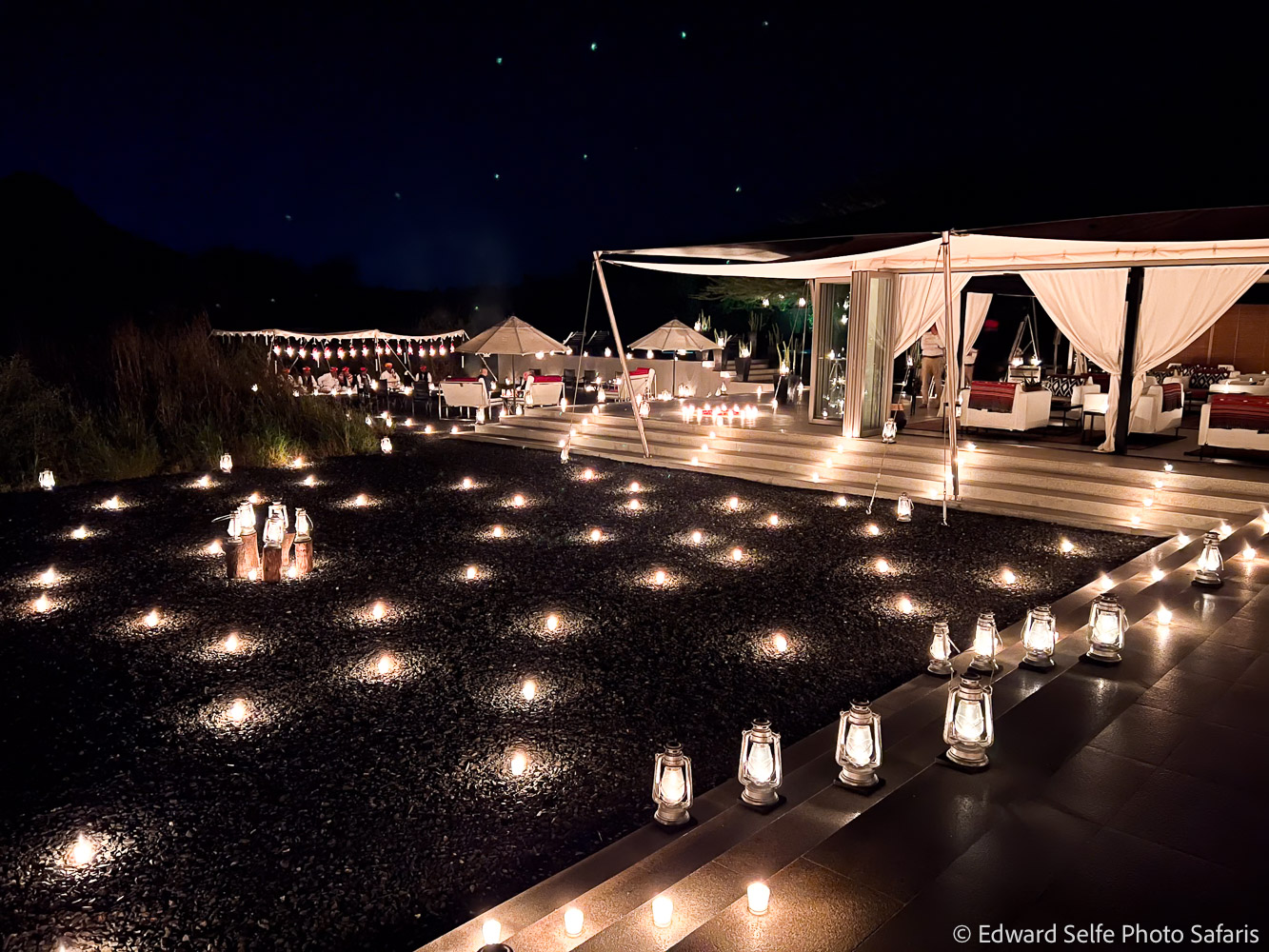
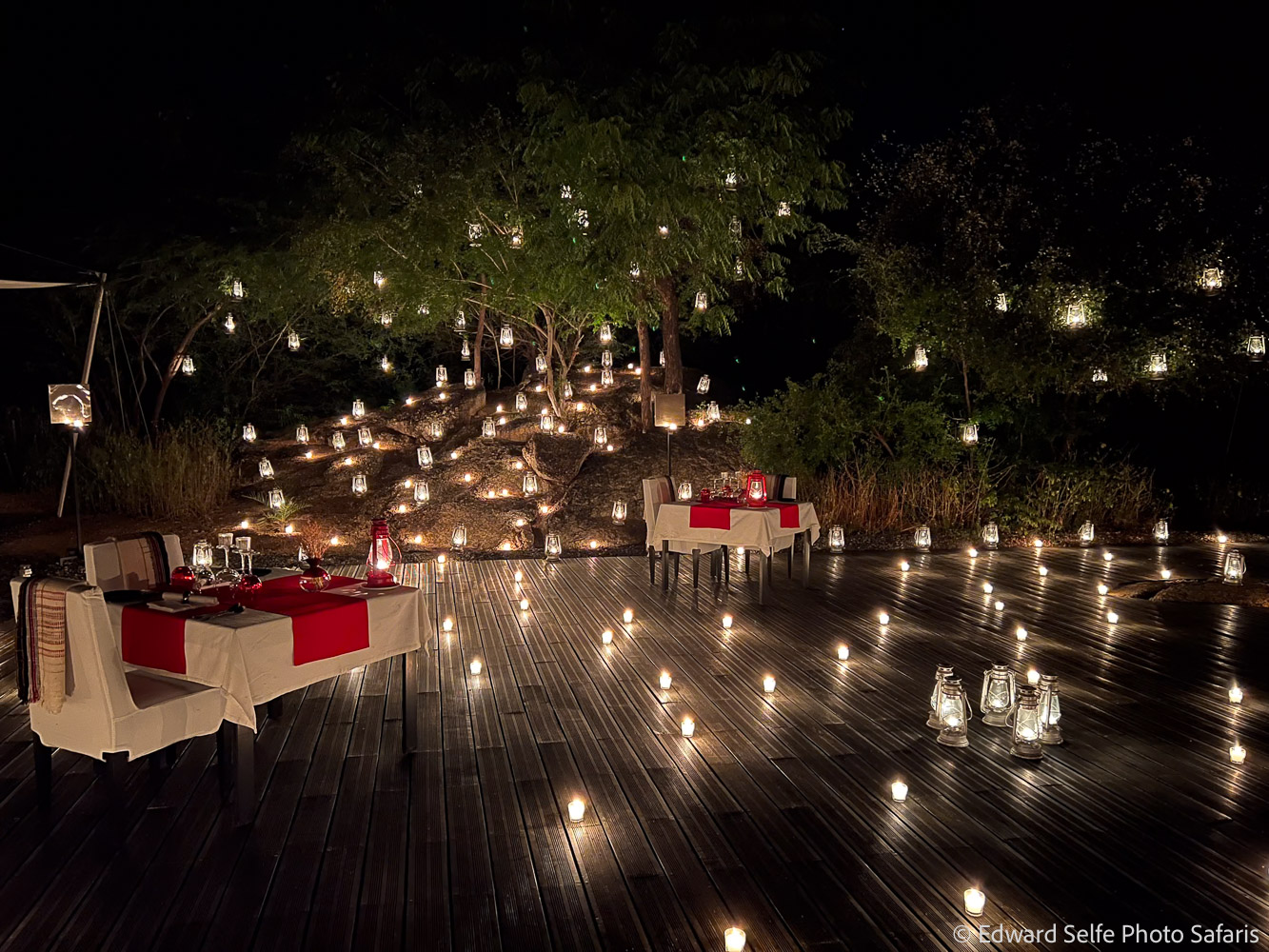


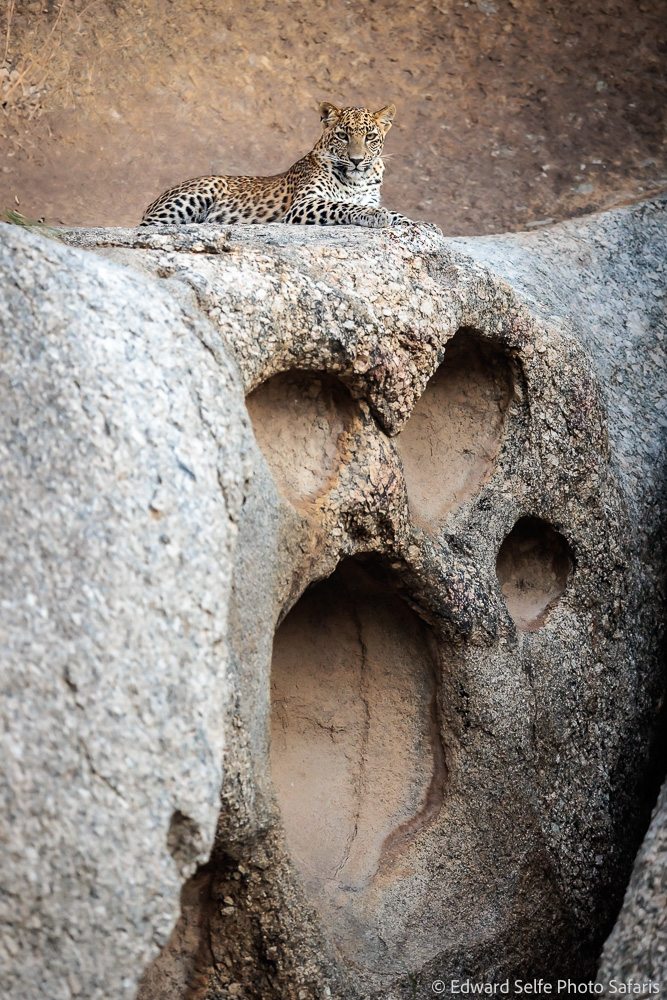
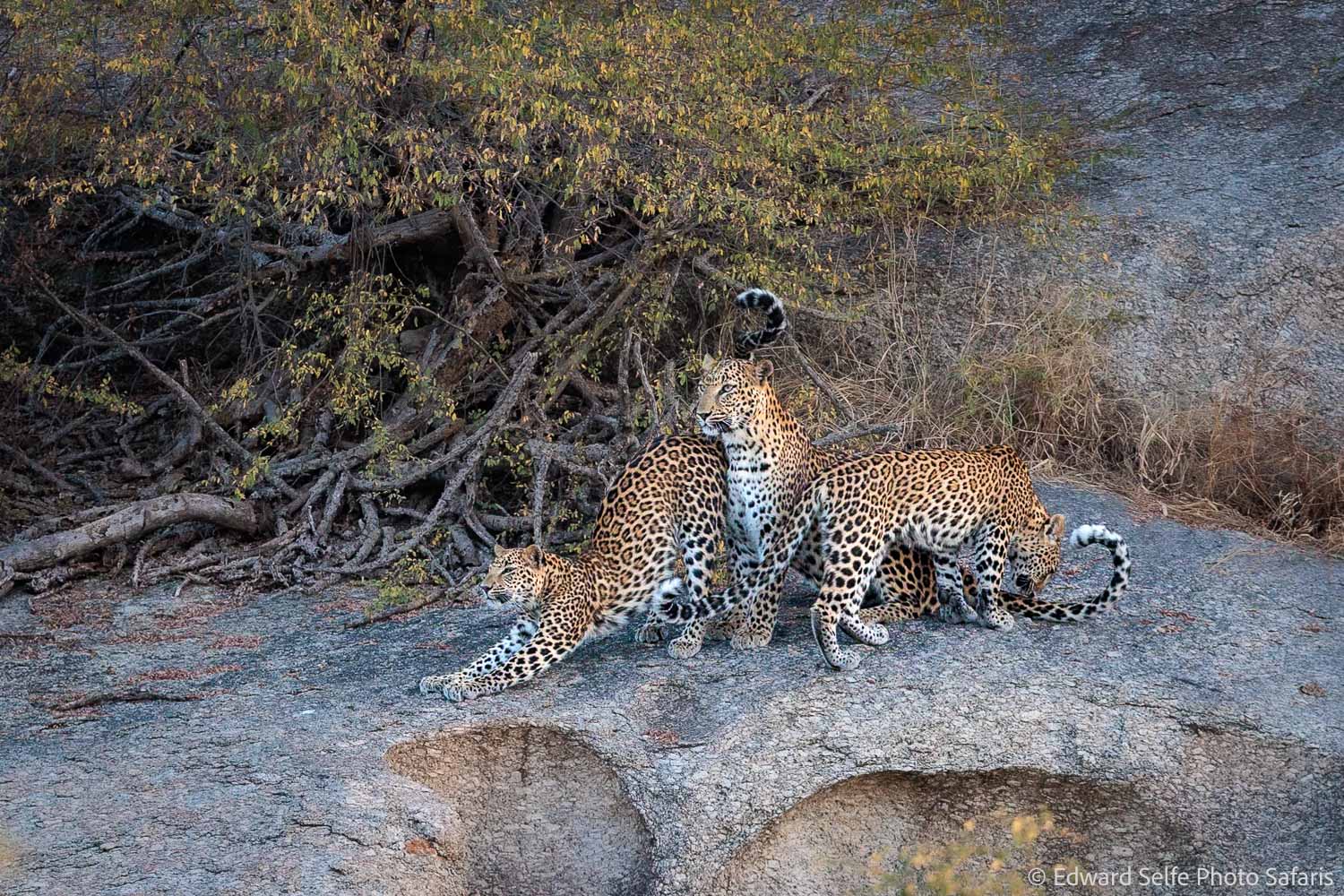



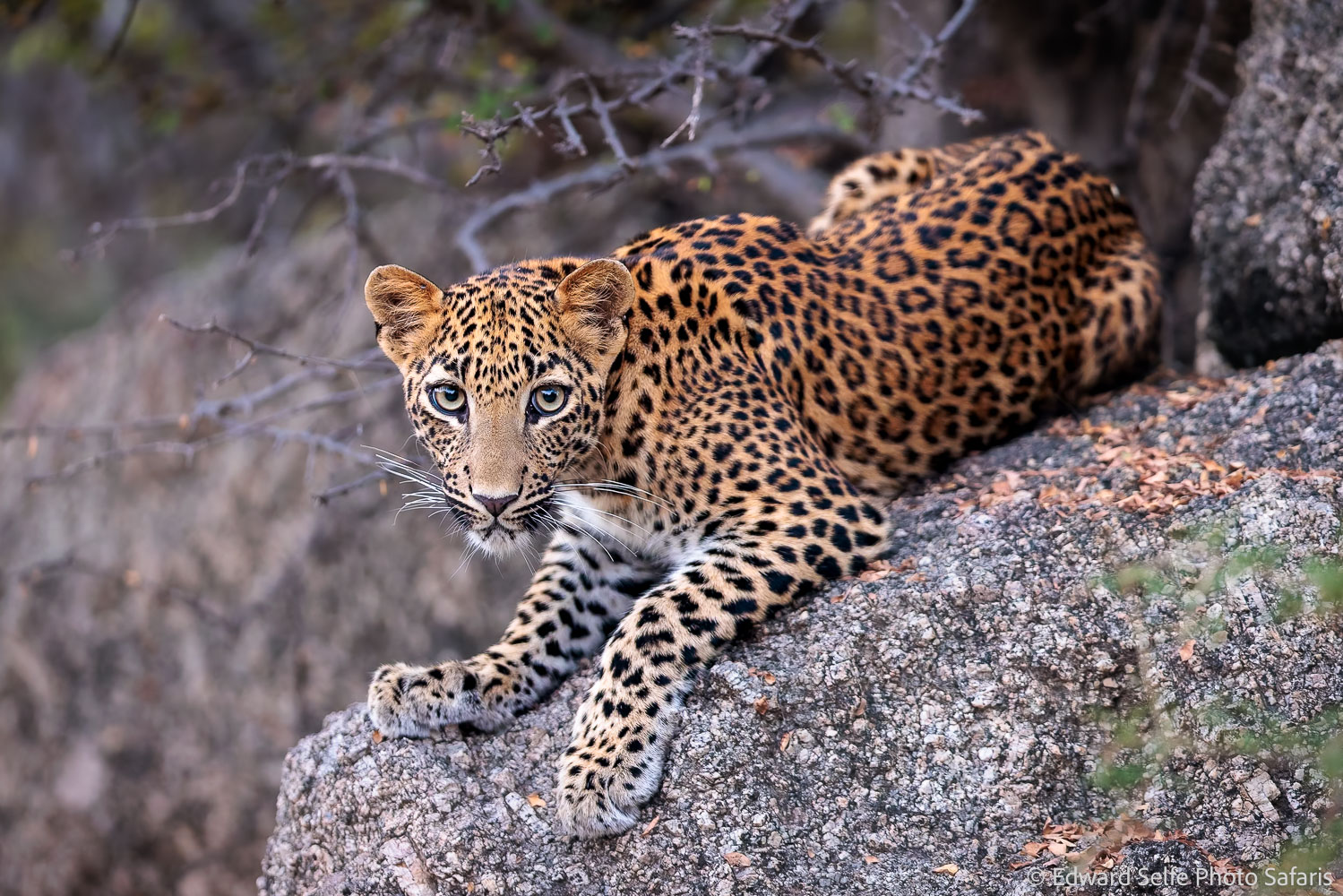




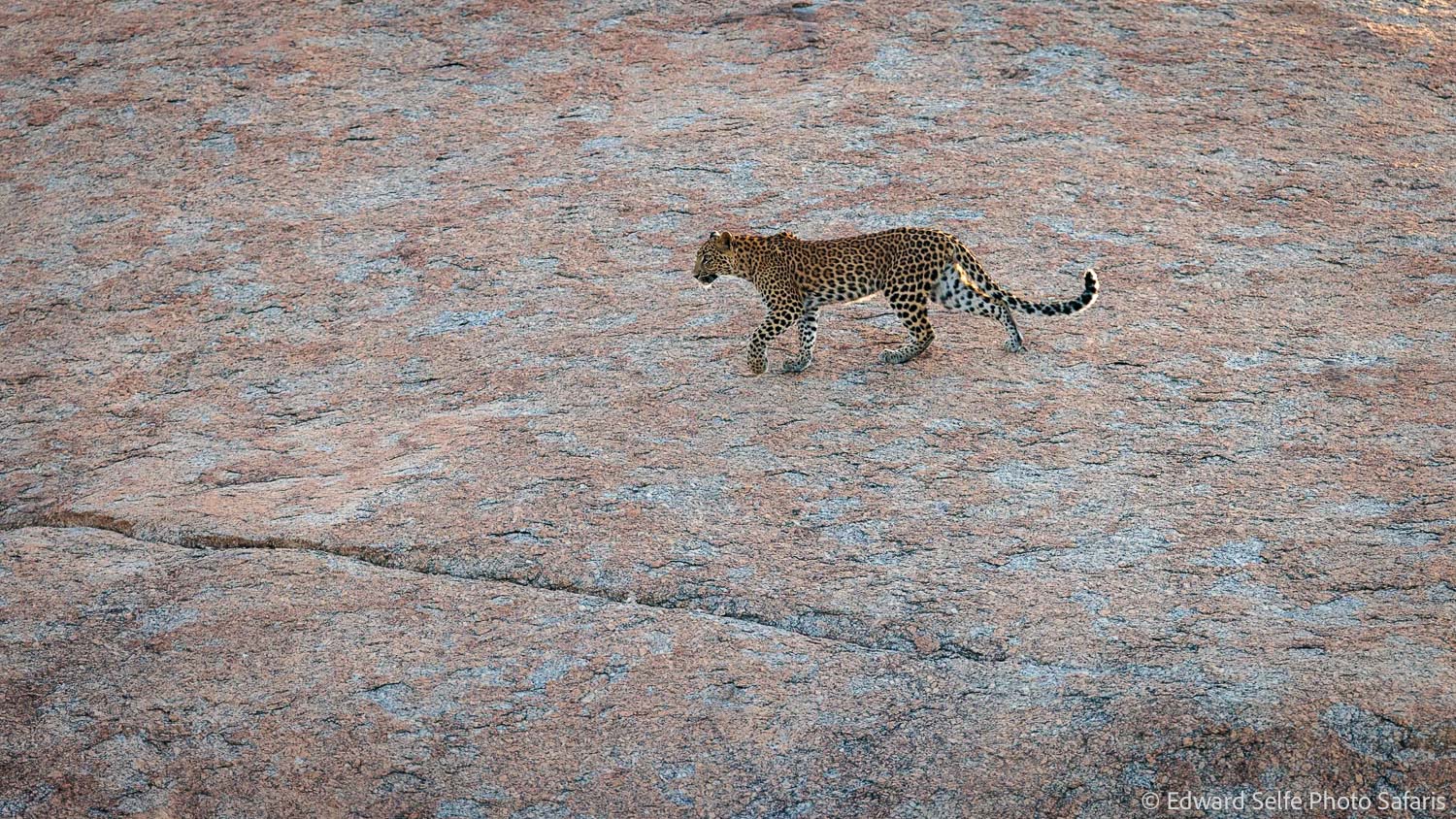

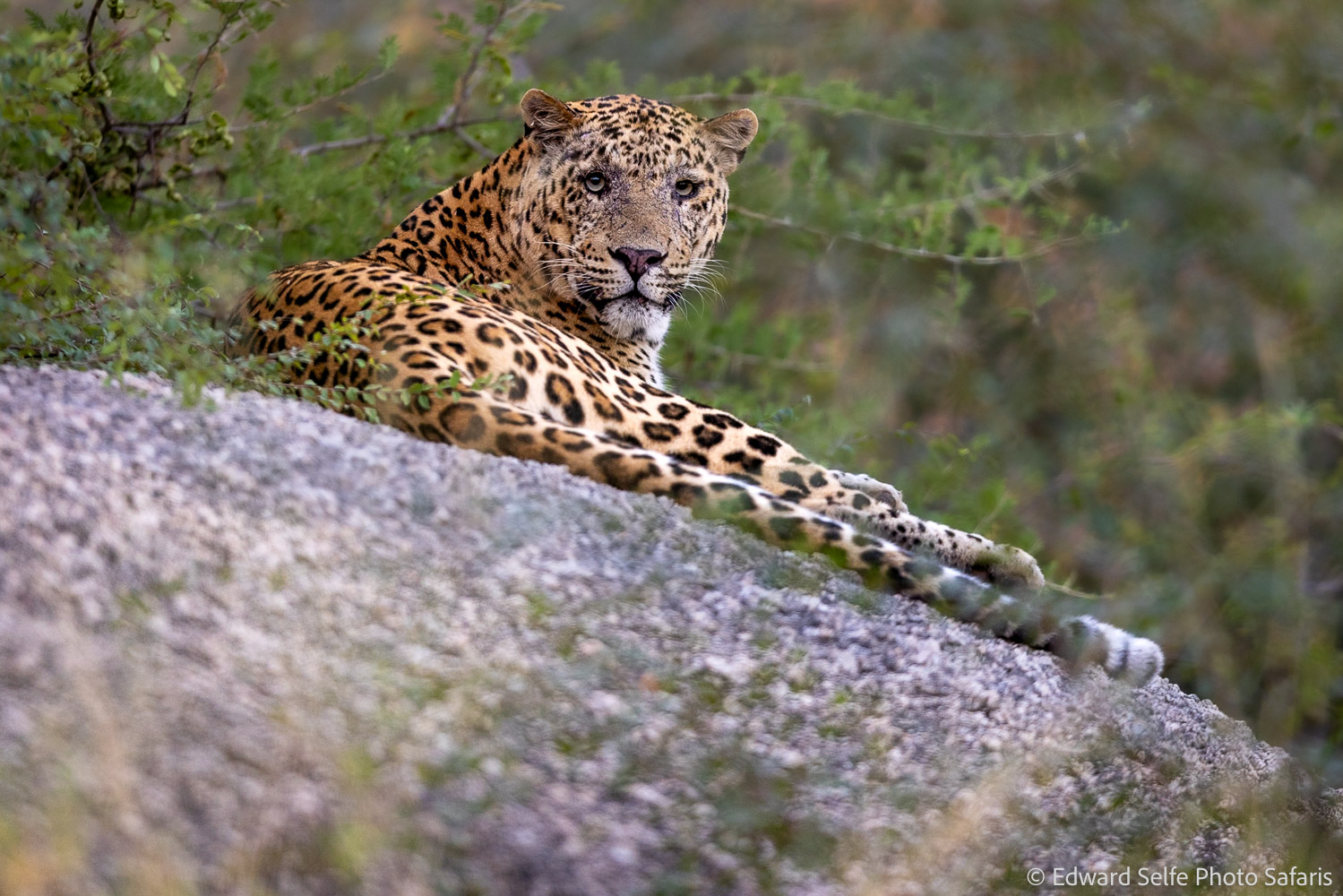








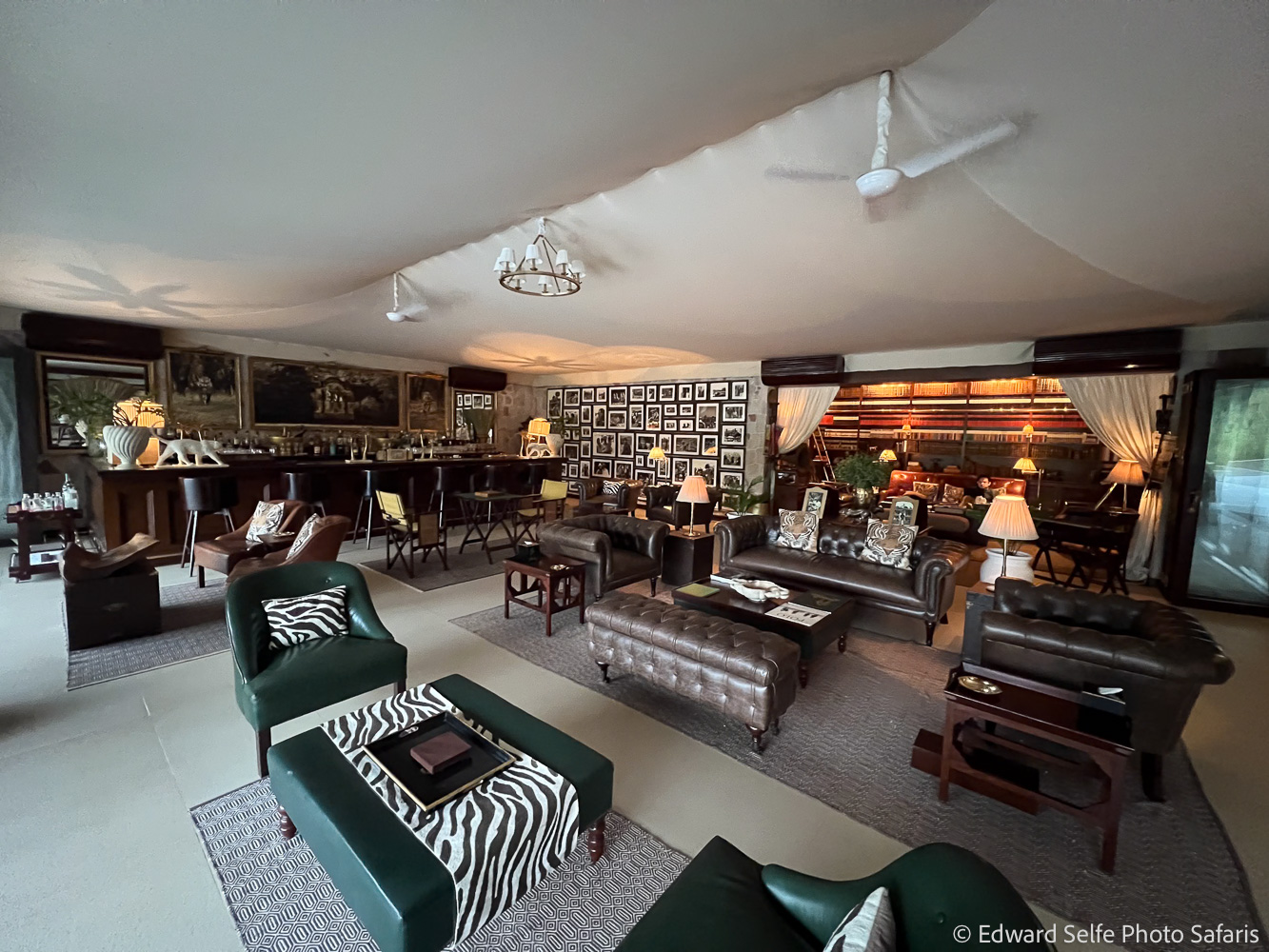









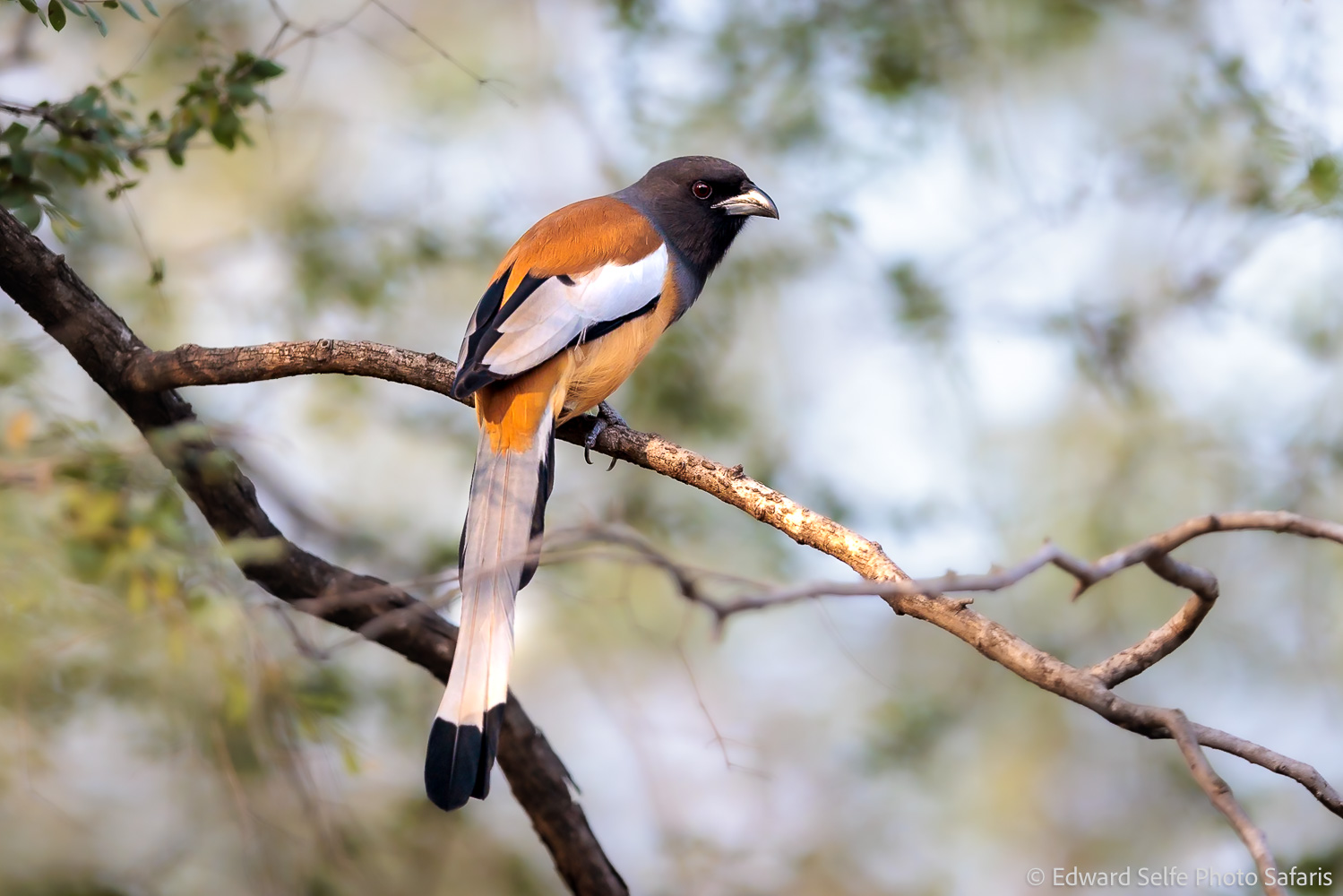



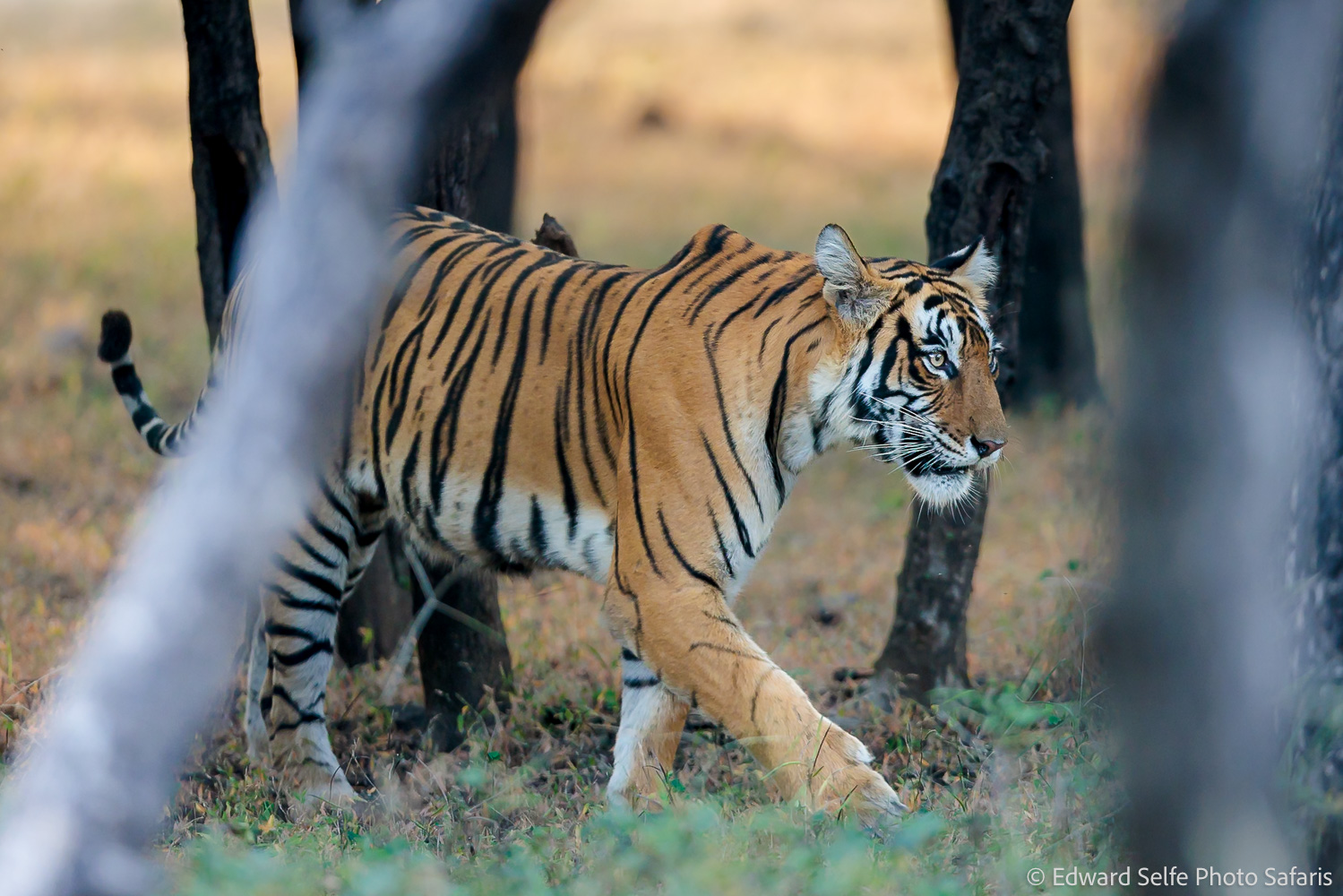






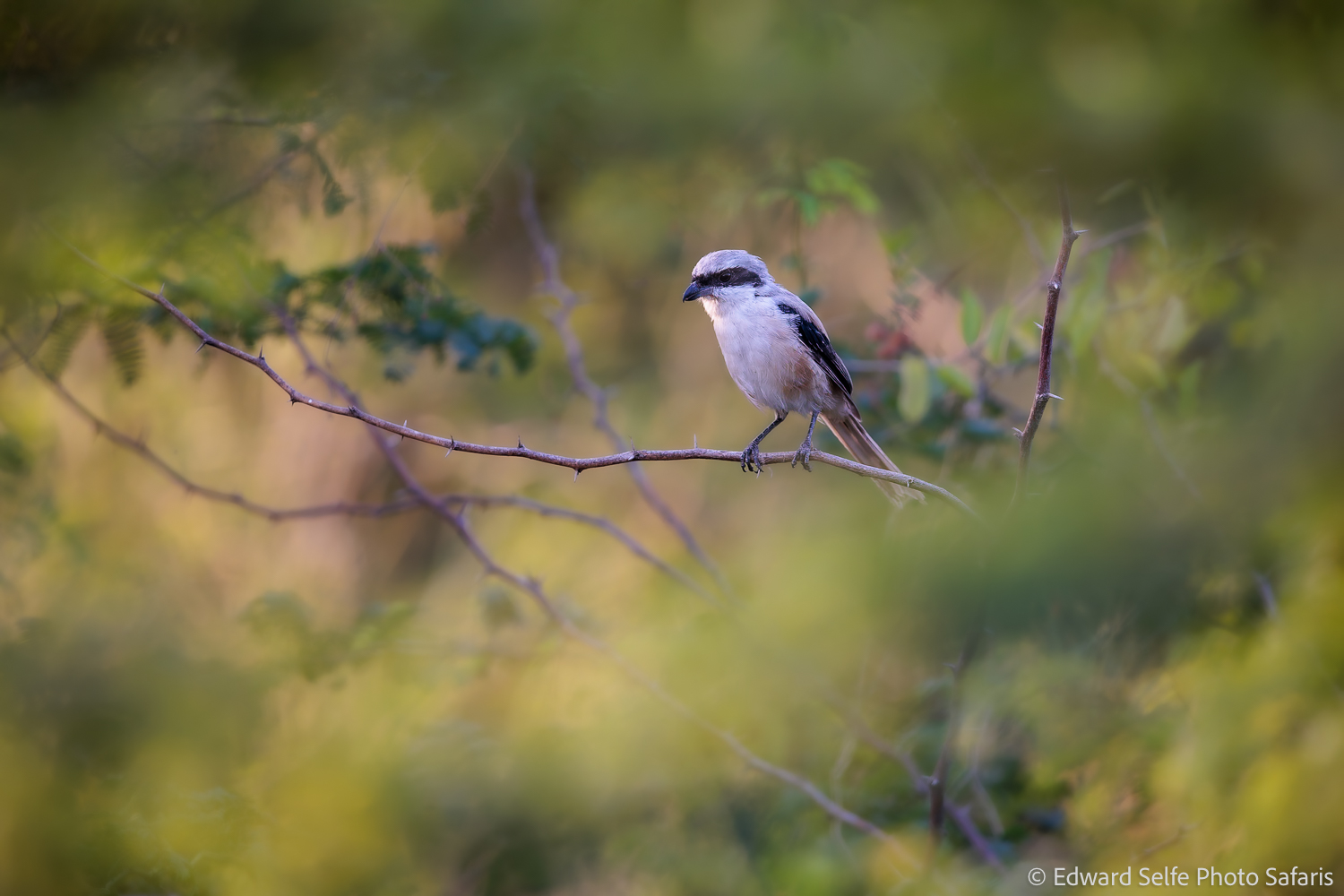
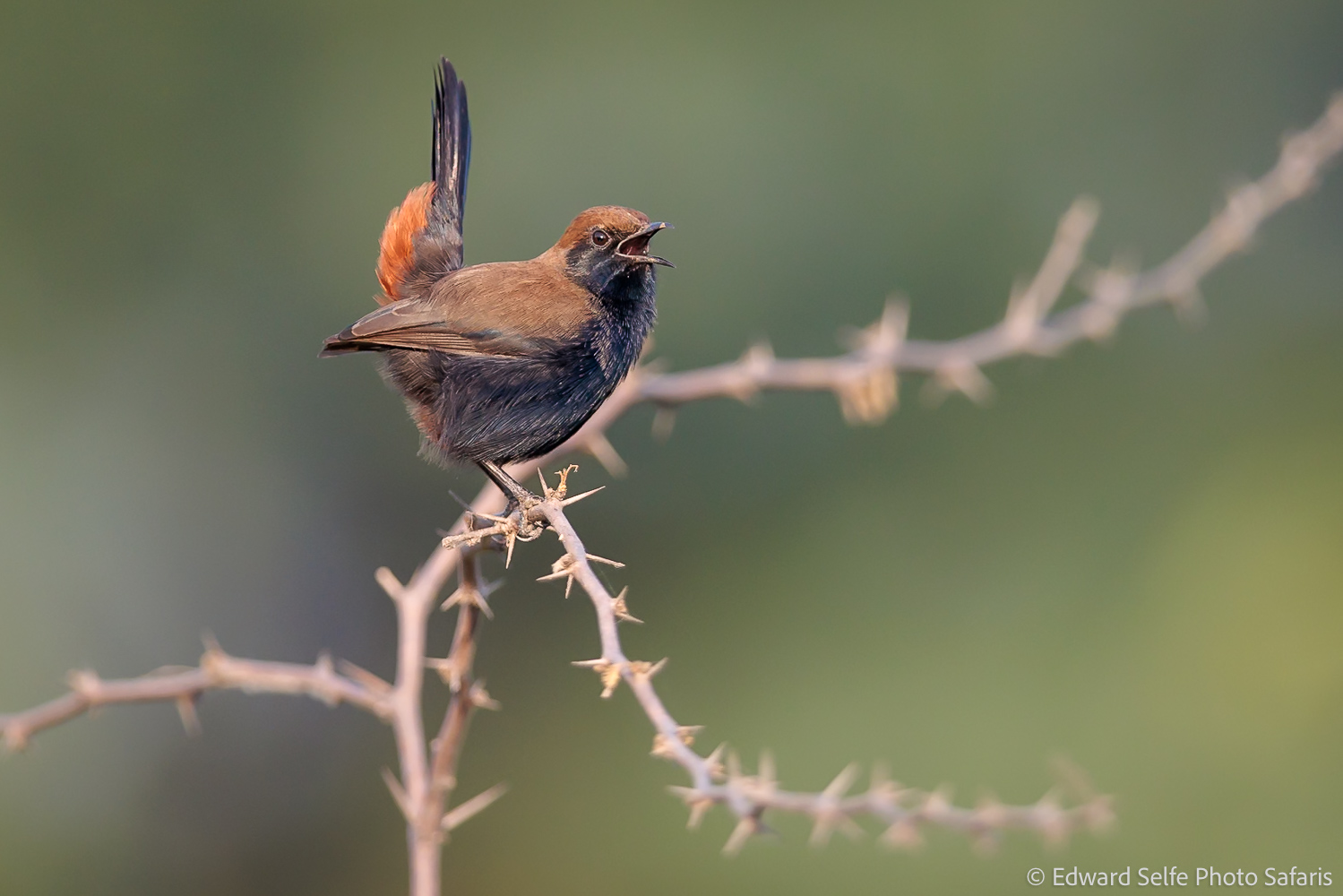
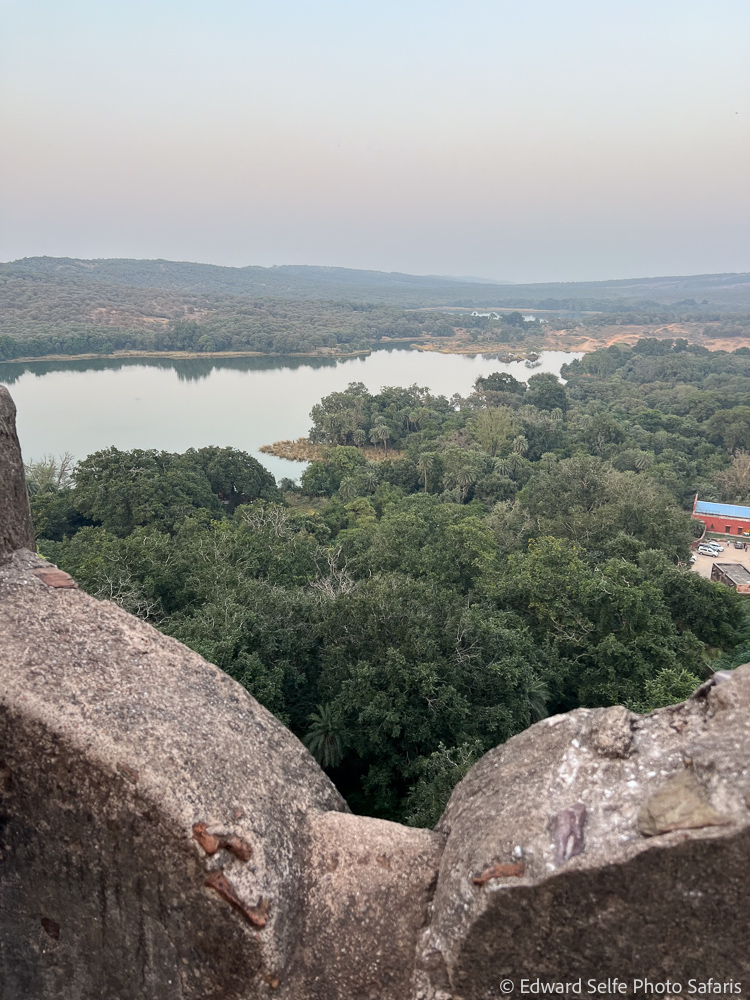



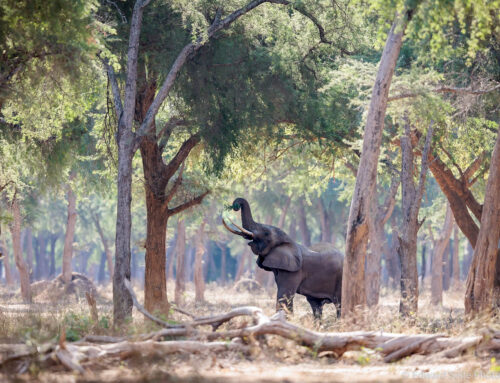
Leave A Comment